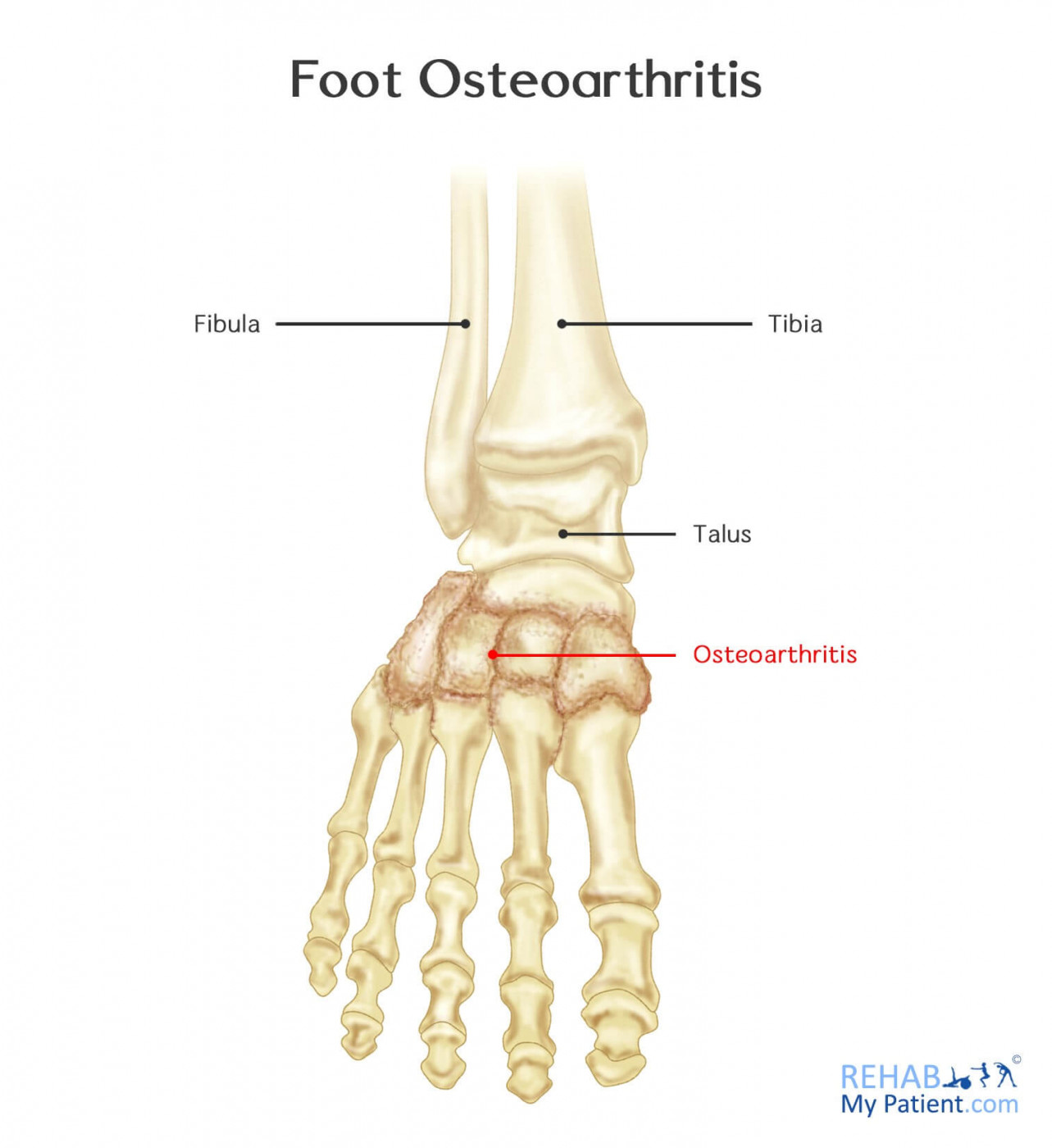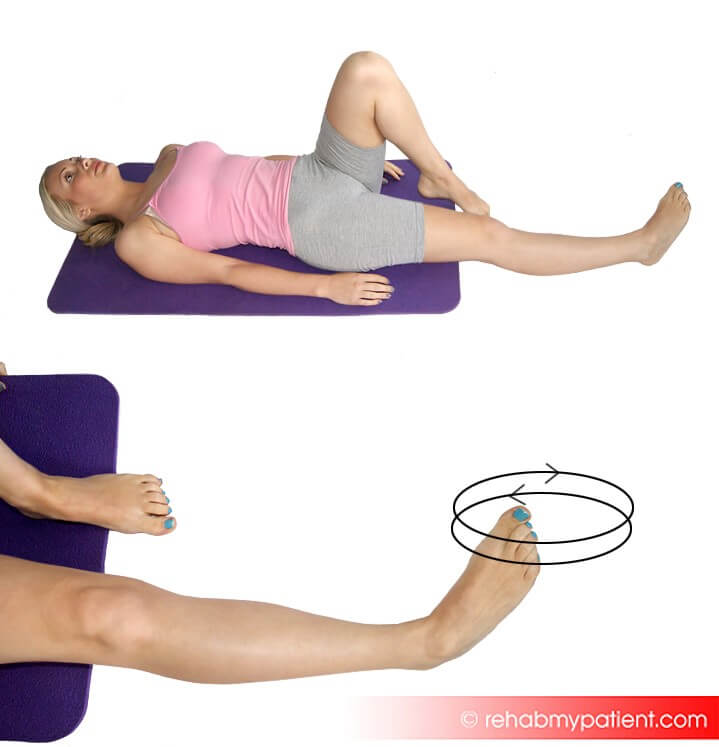
Arthritis is a significant cause of disability within the US and UK. Regardless of how young or old you are, arthritis can strike. It means a pain in the joint. Arthritis tends to be used widely about a number of different conditions.
Even though there is no main cure for arthritis, many different options for treatment exist. It is imperative that you seek medical attention from an early stage so that treatment can begin quickly. With proper treatment, those who have arthritis are able to manage their pain, remain active and live lives that are rich and fulfilling, without having to undergo surgery.
Foot osteoarthritis is very common in the foot, and causes pain when walking. It’s often diagnosed by an X-ray, but can also be diagnosed on MRI scan.
Foot Osteoarthritis Anatomy
Osteoarthritis is known as wear and tear or degenerative arthritis. This common problem can affect people after they hit middle age. Over the course of time, the gliding, smooth surface that covers the ends of the bones ends up becoming frayed and worn. It results in swelling, inflammation and pain within the joint. The condition progresses slowly and the stiffness and pain will cause it to become worse over the course of time.
Over time, the body tries to protect the bone-on-bone by laying down more bone. This results in something known as hypertrophy of the joint, i.e. the joint gets bigger as more bone is laid down to the joint. This excess bone can cause gross stiffness and pain around a joint.
Many different factors can increase your risk for developing osteoarthritis. Since the ability of cartilage to be able to heal itself as we grow older decreases, older individuals are more at risk to developing the condition. Common risk factors also include a family history of the disease and obesity.
In the foot, there are 30 joints and 28 bones. Ligaments work to keep all of the joints and bones in proper position. If the arthritis ends up developing in multiple joints, walking and balance can end up being affected.

How to Treat Foot Osteoarthritis:
Although many people thin that once you have arthritis that’s it, nothing can be done, often you would be wrong and there is plenty of things that can be done to ease the pain and reduce inflammation and joint stiffness.
- Anti-Inflammatory Medication
Anti-inflammatory medication and pain relievers can work wonders to help reduce the amount of swelling in your foot. When the swelling is reduced, it will help to lessen the amount of pain you are dealing with on a regular basis. However, this is not a long term solution and should only be used to control symptoms in the short term, or flare-ups of pain.
- Shoe Inserts
Pads and arch supports can help provide your foot with the extra cushioning it needs to help alleviate the discomfort of osteoarthritis in your foot. They can also help dissipate force to other areas of the foot helping to relieve pressure on the painful part.
- Weight Control
Keeping your weight under control will help to prevent any undue stress on your injured joints and bones. When you have an excessive amount of weight, the added pressure causes more pain in already inflamed joints. Consuming nutritional supplements can also help to build up the bones and minimize the amount of degeneration that occurs.
- Physical Therapy
By partaking in physical therapy, you can strengthen the bones and joints to make sure they are able to withstand as much of the pressure as possible. The main goal is to increase range of movement and make sure the bones are as healthy as they can be. Physiotherapists, osteopaths and chiropractors often spend significant time working with arthritic patients, and even the most severe cases of arthritis can actually significantly improve with the right therapy and treatment.

Tips:
- For those who are having problems walking, using a walking stick or brace can help to take the added pressure from the foot.
- Custom-made shoes can help to provide you with the support and cushioning needed.
- Steroid medications can help to reduce inflammation and pain, but these will only be used carefully and with a limited number of injections.
- To minimize swelling, try taking an anti-inflammatory medication in the short term but it’s not a long term option. Ice and heat is a more natural method of reducing inflammation.
- Pain and tenderness in the foot, or any unusual lumps or growths in the foot can be a sign of osteoarthritis.
Sign Up
Sign up for your free trial now!
Get started with Rehab My Patient today and revolutionize your exercise prescription process for effective rehabilitation.
Start Your 14-Day Free Trial